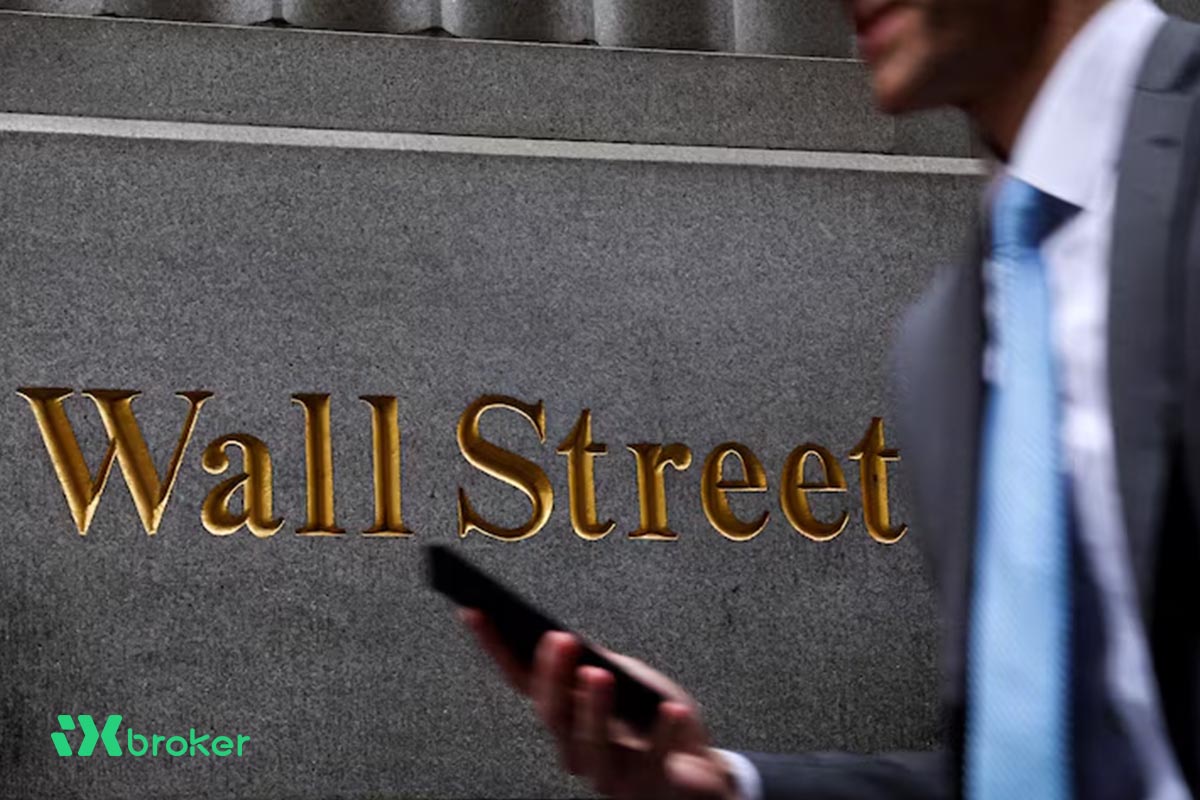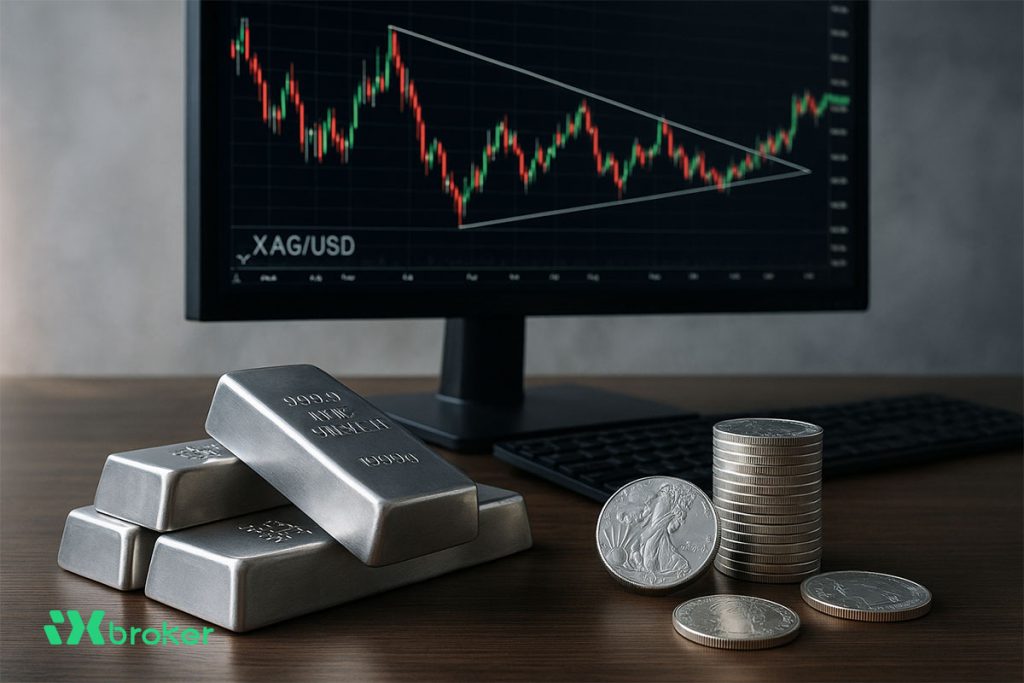U.S. equities traded mixed on Friday as concerns over mounting bad loans at regional banks offset a brief sentiment boost from President Donald Trump’s latest remarks on trade tensions with China.
Stocks struggle for direction despite tariff optimism
Major U.S. stock indices opened the session on uneven footing, with investors weighing Trump’s Friday statement that ongoing tariffs on China were “not sustainable.” The comments offered a mild reprieve to risk sentiment, though worries about credit quality across regional lenders kept markets volatile.
The Dow Jones Industrial Average rose roughly 50 points, while the S&P 500 slipped 0.2%, and the Nasdaq Composite lagged with a 0.4% decline. Despite brief optimism tied to trade headlines, Wall Street’s focus remained squarely on regional banking stress and its potential spillover effects.
Bank exposure renews credit market concerns
Fresh anxiety emerged Thursday after two U.S. regional banks disclosed significant exposure to fraudulent loan portfolios. Shares of Western Alliance Bancorp tumbled 11%, while Zions Bancorp slumped 13%, dragging broader financial stocks lower.
The revelations reignited fears over credit deterioration in mid-sized lenders, leading to a sharp pullback across risk assets. Bitcoin (BTC) briefly dipped below $105,000, extending its weekly losses by 0.2% as investors sought safety amid broader risk aversion.
Gold shines as investors seek refuge
As equities wobbled, gold prices surged, crossing the $4,300 an ounce threshold in a flight-to-safety rally. The precious metal is on pace for a 7% weekly gain, its strongest performance since the 2008 financial crisis, when the collapse of Lehman Brothers triggered a global scramble for safe-haven assets.
Although the White House’s announcement of potential tariff relief on auto imports injected a flicker of optimism, most traders remained cautious. The combination of U.S.-China trade uncertainty, regional bank instability, and a prolonged government shutdown continues to cloud the near-term outlook for equities.
For now, Wall Street’s tone remains defensive — with investors waiting for clearer signals on credit stability before committing fresh capital to risk assets.



